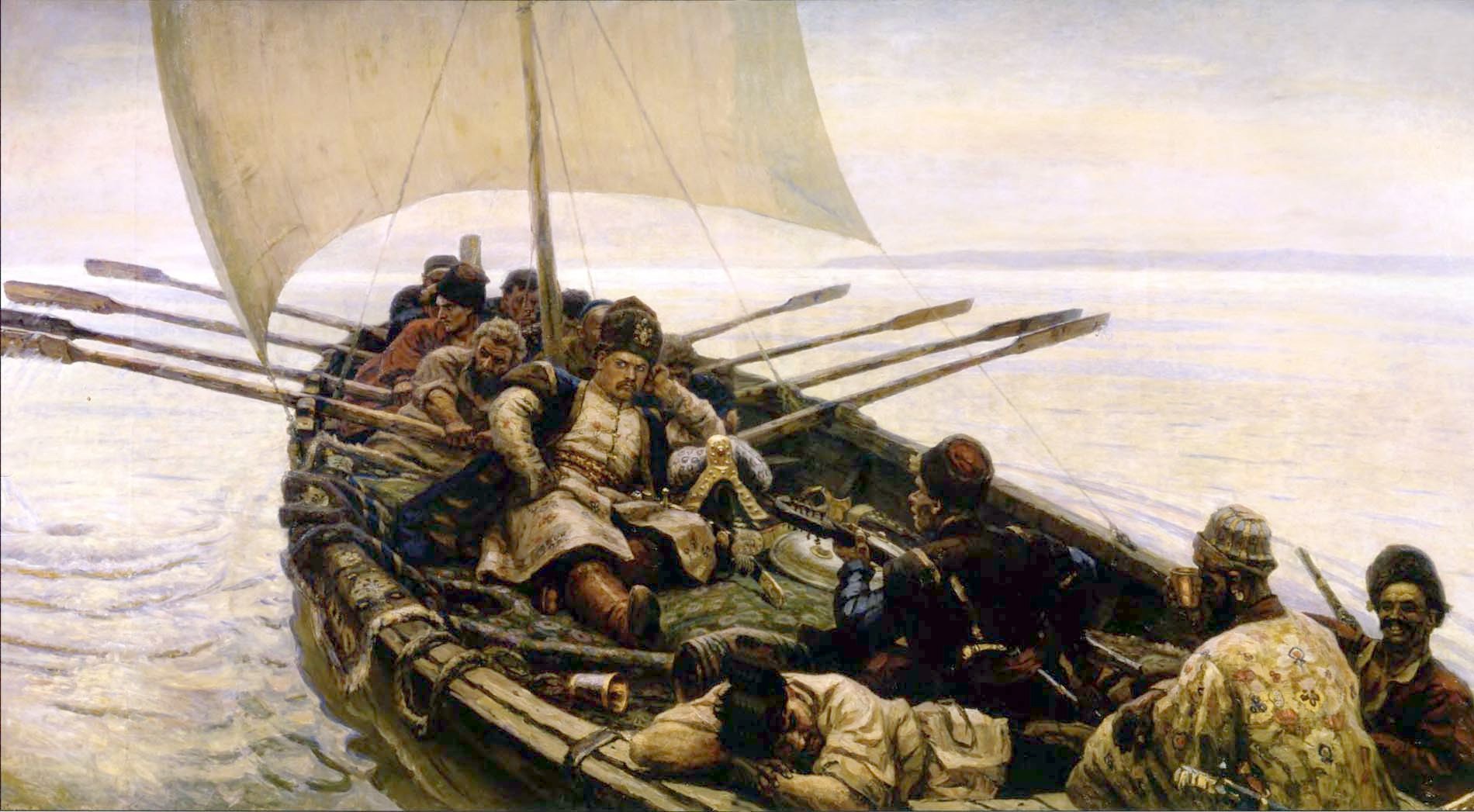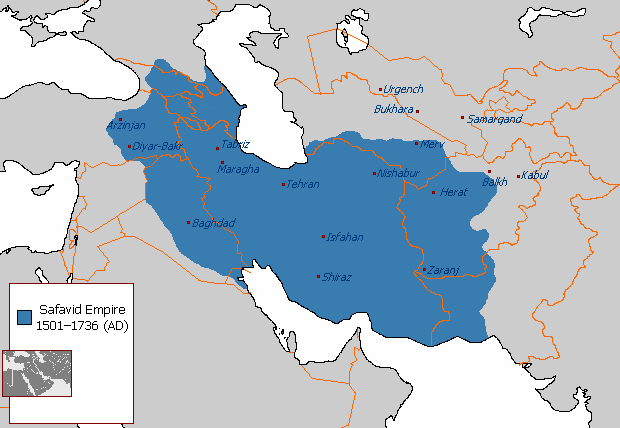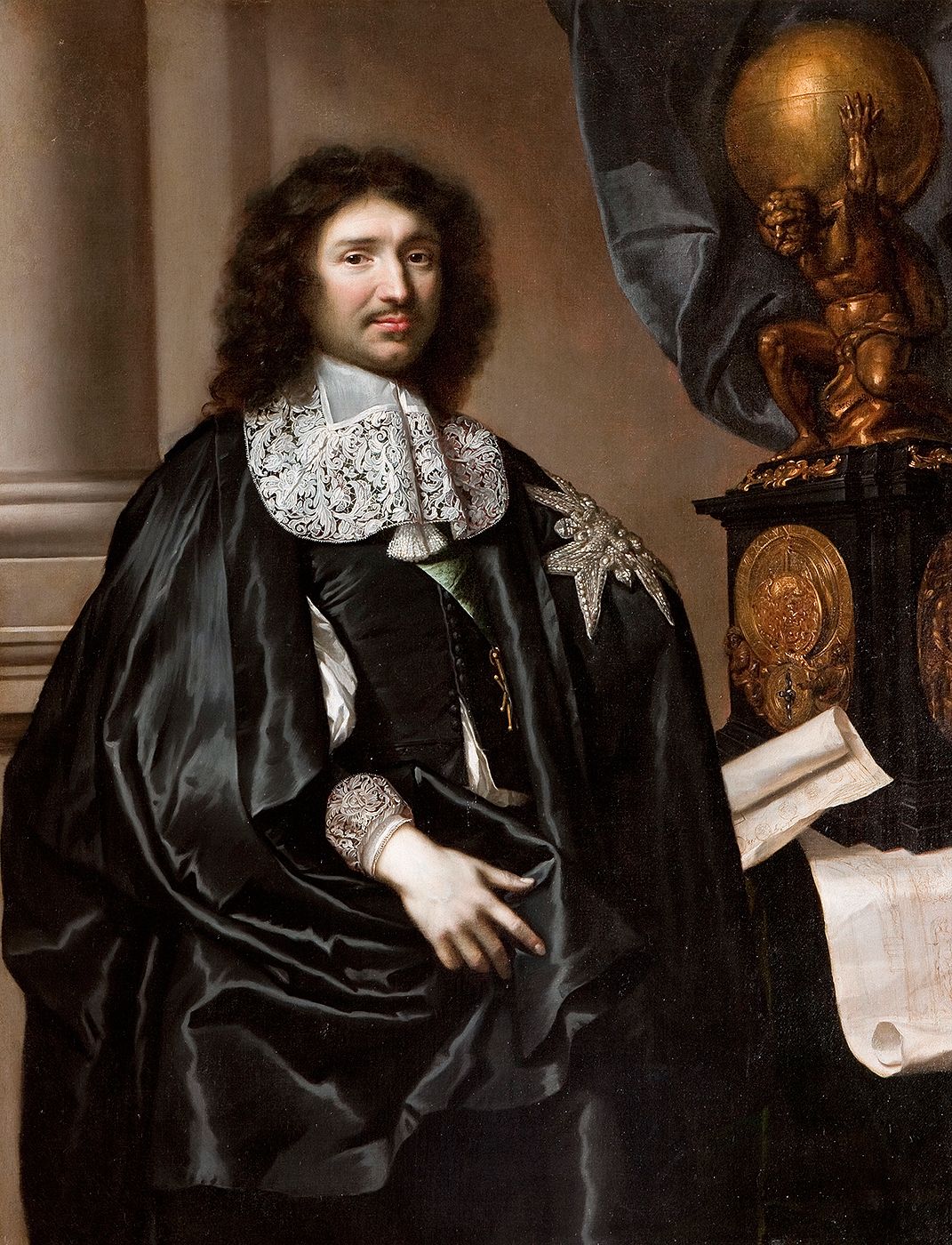|
France–Iran Relations
French–Iranian relations are the international relations between France and Iran. Iran has generally enjoyed a friendly relationship with France since the Middle Ages. The travels of Jean-Baptiste Tavernier are particularly well known to Safavid Persia. France has an embassy in Tehran and Iran has an embassy in Paris. Recently, however, relations have soured over Iran's refusal to halt uranium enrichment and France supporting the referral of Iran to the United Nations Security Council. Safavid era In the 16th and 17th centuries, Persia tried to obtain support among European nations against the expansionism of the Portuguese and the neighbouring Ottoman Empire. Since France was tied into an Ottoman alliance, however, the Persian embassy to Europe of 1599–1602 and the Persian embassy to Europe of 1609–1615 avoided France. A Capuchin mission was however established in Ispahan under Pacifique de Provins in 1627. Trade contacts however existed, and the French trader ... [...More Info...] [...Related Items...] OR: [Wikipedia] [Google] [Baidu] |
Tehran
Tehran (; , ''Tehrân'') is the capital and largest city of Iran. It is the capital of Tehran province, and the administrative center for Tehran County and its Central District (Tehran County), Central District. With a population of around 9.8 million in the city as of 2025, and 16.8 million in the metropolitan area, Tehran is the List of largest cities of Iran, most populous city in Iran and Western Asia, the Largest metropolitan areas of the Middle East, second-largest metropolitan area in the Middle East after Cairo, and the 24th most populous metropolitan area in the world. Greater Tehran includes several municipalities, including, Karaj, Eslamshahr, Shahriar, Tehran province, Shahriar, Qods, Iran, Qods, Malard, Golestan, Tehran, Golestan, Pakdasht, Qarchak, Nasimshahr, Parand, Pardis, Andisheh and Fardis. In the classical antiquity, part of the territory of present-day Tehran was occupied by Rhages (now Ray, Iran, Ray), a prominent Medes, Median city almost entirely des ... [...More Info...] [...Related Items...] OR: [Wikipedia] [Google] [Baidu] |
Pacifique De Provins
Pacifique de Provins (1588 in Provins – 1648) was a French Capuchin Father of the 17th century. He established a French mission in Isfahan in 1627 with the agreement of Cardinal de Richelieu and Père Joseph, and the benevolence of Shah Abbas I of Persia. Pacifique de Provins relied on the help of an Armenian named Khajah Muchaq to obtain an agreement from the Shah.''The politics of trade in Safavid Iran: silk for silver, 1600-1730'' Rudolph P. Matthee p.8/ref> Results were minimum however in increasing relations and trade, and English and Dutch influence remained paramount.''The Cambridge history of Iran'' William Bayne Fisher, Peter Jackson, Laurence Lockhart p.46/ref> Progress was also hampered by the long-standing Franco-Ottoman alliance, the Ottoman Empire being a regular enemy of Persia. A new mission was sent in 1665 under de Lalin (or Lalain), Mariage and La Boullaye le Gouz LA most frequently refers to Los Angeles, the second most populous city in the United State ... [...More Info...] [...Related Items...] OR: [Wikipedia] [Google] [Baidu] |
Jean-Baptiste Fabre
Jean-Baptiste () is a male French name, originating with Saint John the Baptist, and sometimes shortened to Baptiste. The name may refer to any of the following: Persons * Charles XIV John of Sweden, born Jean-Baptiste Jules Bernadotte, was King of Sweden and King of Norway * Charles-Jean-Baptiste Bouc, businessman and political figure in Lower Canada * Felix-Jean-Baptiste-Joseph Nève, orientalist and philologist * Gui-Jean-Baptiste Target, French lawyer and politician * Hippolyte Jean-Baptiste Garneray, French painter * Jean-Baptiste (songwriter), American music record producer, singer-songwriter * Jean Baptiste (grave robber) – A 19th-century gravedigger in Utah, United States, notorious for robbing hundreds of graves, leading to his exile and mysterious disappearance. * Jean-Baptiste Alphonse Karr, French critic, journalist, and novelist * Jean-Baptiste Bagaza, chairman of Supreme Revolutionary Council in Burundi until 1976 and president of Burundi (1976-1987) * Jean-B ... [...More Info...] [...Related Items...] OR: [Wikipedia] [Google] [Baidu] |
Suleiman I Of Persia
Suleiman I (; born Sam Mirza, February or March 1648 – 29 July 1694) was the eighth Shah of Safavid Iran from 1666 to 1694. He was the eldest son of Abbas II and his concubine, Nakihat Khanum. Born as Sam Mirza, Suleiman spent his childhood in the harem among women and eunuchs and his existence was hidden from the public. In 1666, after the death of his father, the nineteen-year-old Sam Mirza was crowned king under the regnal name, Safi II, after his grandfather, Safi I. He had a troublesome reign as Safi II, which convinced his court astrologers that he should undergo a coronation once again. Thus, in 20 March 1668, simultaneously with Nowruz, he was crowned king with a new name, Suleiman I. After his second coronation, Suleiman retreated into his harem to enjoy sexual activities and excessive drinking. He was indifferent to the state affairs, and often would not appear in the public for months. Suleiman's reign was devoid of spectacular events in the form of major wars an ... [...More Info...] [...Related Items...] OR: [Wikipedia] [Google] [Baidu] |
Shah Abbas II
Abbas II (; born Soltan Mohammad Mirza; 30 August 1632 – 26 October 1666) was the seventh Shah of Safavid Iran, ruling from 1642 to 1666. As the eldest son of Safi and his Circassian wife, Anna Khanum, he inherited the throne when he was nine, and had to rely on a regency led by Saru Taqi, the erstwhile grand vizier of his father, to govern in his place. During the regency, Abbas received formal kingly education that, until then, he had been denied. In 1645, at age fifteen, he was able to remove Saru Taqi from power, and after purging the bureaucracy ranks, asserted his authority over his court and began his absolute rule. Abbas II's reign was marked by peace and progress. He intentionally avoided a war with the Ottoman Empire and his relations with the Uzbeks in the east were friendly. He enhanced his reputation as a military commander by leading his army during the war with the Mughal Empire and successfully recovering the city of Kandahar. At his behest, Rostom Khan, ... [...More Info...] [...Related Items...] OR: [Wikipedia] [Google] [Baidu] |
Jean Chardin
Jean Chardin (16 November 1643 – 5 January 1713), born Jean-Baptiste Chardin, and also known as Sir John Chardin, was a French jeweller and traveller whose ten-volume book ''The Travels of Sir John Chardin'' is regarded as one of the finest works of early Western scholarship on Safavid Iran and the Near East in general. Life and work He was born in Paris, son of a wealthy merchant, jeweller of the Place Dauphine, and followed his father's business. In 1664, he started working for the East Indies with M. Raisin, a Lyon merchant. They journeyed by Constantinople and the Black Sea, reaching Persia in early 1666. The same year the shah, Abbas II, made Chardin his agent for the purchase of jewels. In the mid-1667, he visited India and returned to Persia in 1669, and in the next year he arrived in Paris. He issued an account of some events to which he was an eyewitness in Persia, entitled ''Le Couronnement de Soleiman Troisième'' Paris, 1671. A learned nobleman, Mirza Sefi, ... [...More Info...] [...Related Items...] OR: [Wikipedia] [Google] [Baidu] |
Bandar Abbas
Bandar Abbas (, ) is a city in the Central District of Bandar Abbas County, Hormozgan province, Iran, serving as capital of the province, the county, and the district. Bandar Abbas is a port on the southern coast of the country, on the Persian Gulf. The city occupies a strategic position on the narrow Strait of Hormuz (just across from Musandam Governorate, Oman). It is the location of the main base and headquarters of the Iranian Navy. Etymology Bandar Abbas has always been a port, and as such its various names have all reflected this function. The most common name over time was Gameroon, with various spellings. In Henry Yule's dictionary of Anglo-Indian jargon two etymologies are given; the first derived from ''gümrük'', "customhouse" (from Late Greek ''kommerkion'', from Latin ''commercium'', "commerce"). The second, which Yule found much more convincing, comes from Persian ''kamrūn'', "shrimp" (in Portuguese: ''camarão'', similar to the former Portuguese name). Its ... [...More Info...] [...Related Items...] OR: [Wikipedia] [Google] [Baidu] |
Lalain
Lalain (, also Romanized as Lālā’īn; also known as Īralaīn and Lālān) is a village in Nur Ali Beyk Rural District, in the Central District of Saveh County, Markazi Province, Iran Iran, officially the Islamic Republic of Iran (IRI) and also known as Persia, is a country in West Asia. It borders Iraq to the west, Turkey, Azerbaijan, and Armenia to the northwest, the Caspian Sea to the north, Turkmenistan to the nort .... At the 2006 census, its population was 403, in 100 families. References Populated places in Saveh County {{Saveh-geo-stub ... [...More Info...] [...Related Items...] OR: [Wikipedia] [Google] [Baidu] |
Louis XIV's East India Company
Louis XIV's East India Company () was a joint-stock company founded in the Kingdom of France in August 1664 to engage in trade in India and other Asian lands, complementing the French West India Company () created three months before. It was one of several successive enterprises with similar names, a sequence started with Henry IV's first French East Indies Company in 1604 and continued with Cardinal Richelieu's Compagnie d'Orient in 1642. Planned by Jean-Baptiste Colbert to compete with the English East India Company and Dutch East India Company, it was chartered by King Louis XIV for the purpose of trading in the Eastern Hemisphere. Louis XIV's company became insolvent and was reorganized in 1685, and was again bankrupt in 1706. In 1719, what remained of it was acquired by John Law's Company, which in 1723 became the French Indies Company active during much of the 18th century. Background The seventeenth century saw several French efforts to trade with the East Indies ... [...More Info...] [...Related Items...] OR: [Wikipedia] [Google] [Baidu] |
Jean-Baptiste Colbert
Jean-Baptiste Colbert (; 29 August 1619 – 6 September 1683) was a French statesman who served as First Minister of State from 1661 until his death in 1683 under the rule of King Louis XIV. His lasting impact on the organization of the country's politics and markets, known as Colbertism, a doctrine often characterized as a variant of mercantilism, earned him the nickname ''le Grand Colbert'' (; "the Great Colbert"). A native of Reims, he was appointed Intendant of Finances on 4 May 1661. Colbert took over as Controller-General of Finances, a newly created position, in the aftermath of the arrest of Nicolas Fouquet for embezzlement, an event that led to the abolishment of the office of Superintendent of Finances. He worked to develop the domestic economy by raising tariffs and encouraging major public works projects, as well as to ensure that the French East India Company had access to foreign markets, so that they could always obtain coffee, cotton, dyewoods, fur, pepper, ... [...More Info...] [...Related Items...] OR: [Wikipedia] [Google] [Baidu] |






